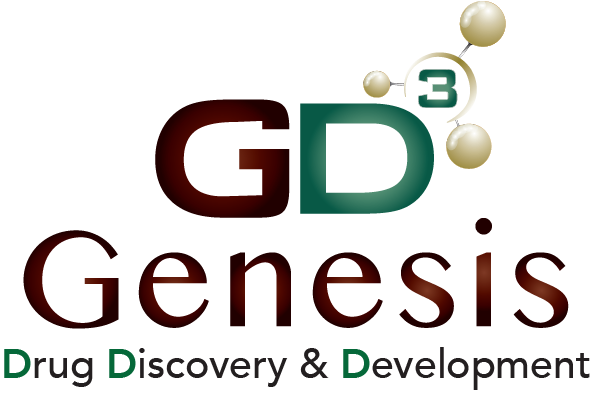Optical coherence tomography (OCT) is an optical signal acquisition and processing method that captures micrometer-resolution, three-dimensional images from within biologic tissues and, in particular, eyes. Our Envisu R2200 SDOIS Imaging System (Bioptigen) allows us to assess the retina, optic nerve, retinal vasculature, lens and anterior segment.
OCT allows us to capture a wide range of in-life changes in the retina and optic nerve and to visualize changes brought about by laser-induced subretinal plaques, neovascular proliferation, STZ diabetic retinopathy, intra-ocular devices, intra-ocular depositions such as stem cells or subretinal depot injections. It also enables us to measure structures and examine the cornea, iris, ciliary process, angles and lens.
Check out our video on OCT!
Learn more about OCT:
Download the OCT Technical Bulletin E-book
OCT is useful in many aspects of ocular research in both the anterior segment and posterior segment in laboratory animals. It is noninvasive, sensitive and can be used longitudinally and repeatedly. OCT is effective in:
Posterior segment
- Retinal edema
- Retinal degeneration
- Diabetic retinopathy
- Intraocular neoplasia and xenograft
- Retinal inflammation
- Subretinal injection deposition
- GLP toxicology assessments
Anterior segment
- Anterior segment inflammation
- Corneal abnormalities and ulceration
- Iris and ciliary changes
- Lens abnormalities



